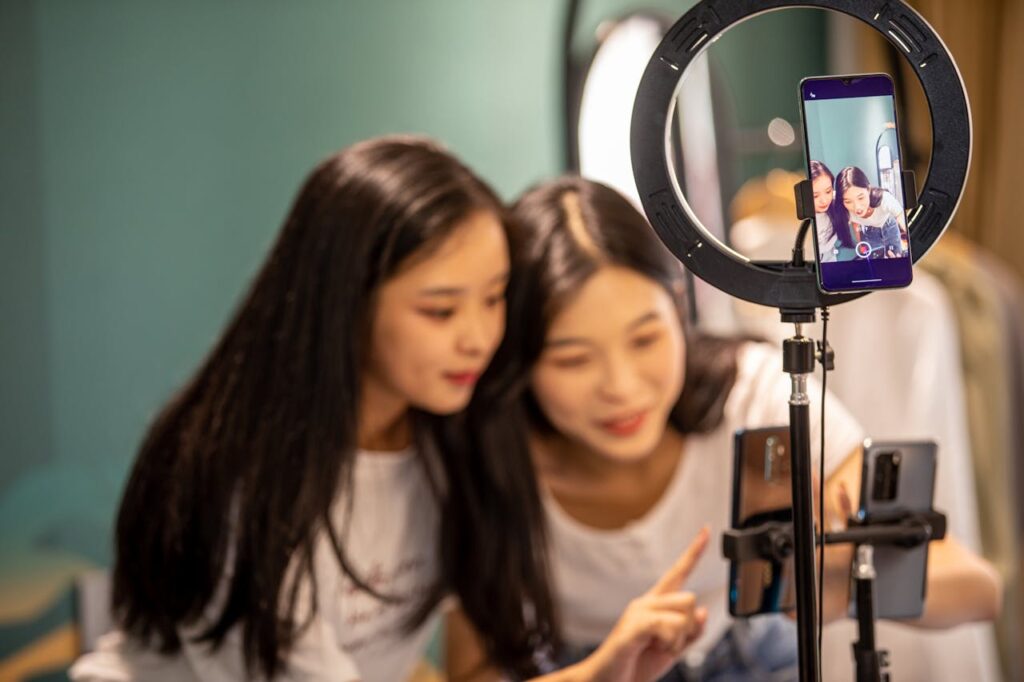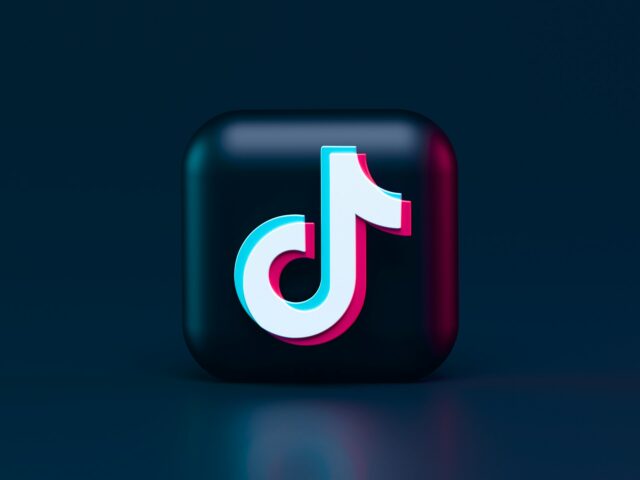TikTok has once again skirted a potential U.S. ban, but the clock is still ticking. On April 4, 2025, President Donald Trump granted a second 75-day extension for ByteDance to divest TikTok’s U.S. operations, pushing the new deadline to June 18.
While this may buy time for a deal, it raises new questions about legality, politics, and what all this means for the millions who use the app daily.
The story began earnestly with the Protecting Americans from Foreign Adversary Controlled Applications Act (PAFACA), signed into law in 2024.
By the way, if you want to stay connected and know everything about social commerce and never miss a beat, join Logie today! Click here
The Act essentially gives the U.S. government the power to force foreign-owned apps to cut ties with their parent companies or leave the American market altogether.
The concern centers around national security and data privacy. TikTok, owned by Chinese tech giant ByteDance, has been accused of potentially giving the Chinese government access to sensitive user data. Whether or not those fears are valid, they’ve been enough to keep lawmakers on edge.

Many experts argue that TikTok’s threat is more about what it could do than what it has done. That is a tricky line, especially when you’re talking about a platform that’s a daily part of life for millions of Americans, from teenagers to small business owners.
Deadline Extended to June 18
President Trump’s latest executive order extends the deadline for TikTok’s divestment by another 75 days, marking the second time the platform has been given a stay of execution.
The administration claims this extension is meant to “give negotiations a fair shot,” but the timing is interesting, as the U.S. is ramping up tariffs on Chinese imports.
There’s no denying the political undertone. TikTok has become more than an app. It’s now a bargaining chip in the larger chessboard of U.S.-China relations.
The Chinese government, reportedly irked by Washington’s latest tariff moves, seems less inclined to approve any potential sale of TikTok’s U.S. operations.
In that light, this extension isn’t just a gesture of goodwill. It’s a move in a larger geopolitical game. Some observers say the delay may be more about leveraging TikTok for trade concessions than protecting user data.
Who Might Buy TikTok?
Several American companies have shown interest in acquiring TikTok’s U.S. assets—Amazon, Oracle, and AppLovin have all been floated as potential suitors. But so far, nothing solid has emerged.
The deal isn’t just about dollars; it’s also about approval from U.S. regulators and the Chinese government. ByteDance itself seems reluctant to let go of such a valuable property.
From a business perspective, it’s understandable. TikTok is one of the fastest-growing social platforms globally, with a lucrative algorithm and a fiercely loyal user base. For ByteDance, selling it off, especially under political pressure, might feel like cutting off a limb.
And from the U.S. side? There’s growing skepticism that any buyer could truly “sanitize” TikTok without fundamentally changing what makes it appealing. The real issue may not be who owns TikTok but whether any U.S.-approved version could maintain the same cultural impact.
Legal Loopholes and Questions
Here’s where things get even more complicated: PAFACA only allows one 75-day extension, and this latest move marks the second. Legal scholars are divided: Some believe the president has overstepped, while others say the executive branch can justify it under national security powers.

If this ends up in court (and it might), it could set a precedent for how far the U.S. government can go in policing foreign tech. While the law was written with adversaries in mind, it’s still rooted in democratic principles. When power is stretched, even for a good cause, it’s worth asking where the limits are.
Uncertainty Rules
For now, TikTok continues to operate as usual in the U.S. That’s a relief for the millions who rely on it for entertainment, social connection, or even income. But the uncertainty is taking a toll.
Many creators and businesses are diversifying, growing their presence on YouTube Shorts, Instagram Reels, and even newer platforms like Lemon8. It’s a smart move; after all, no one wants to be caught off guard by a sudden shutdown.
But there’s also frustration. It’s hard to build long-term strategies on a platform whose future is so volatile. For influencers, brand managers, and small business owners, the constant “will they, won’t they” makes it hard to plan campaigns, budget ad spend, or scale content production.
At the end of the day, this isn’t just about TikTok. It’s about drawing the lines between security, freedom, and innovation in a connected world.
TikTok has become a proxy for more profound issues: how countries protect citizens’ data, how much control governments should have over digital platforms, and how tech is reshaping global diplomacy.
For some, banning TikTok is an act of digital self-defense. For others, it’s an alarming sign of creeping techno-nationalism threatening the open internet. The truth likely lies somewhere in the messy middle.
Unless another curveball comes our way (and let’s be honest, it probably will), the following key date is June 18, 2025. By then, ByteDance must either sell off TikTok’s U.S. operations or prepare for a complete ban.
What’s clear is this: the future of TikTok in the U.S. is no longer just a tech issue. It’s a political, cultural, and economic story. And like all good stories, this one is far from over.











